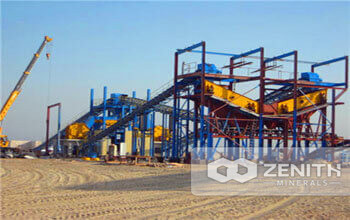
Fly Ash Beneficiation Process
This proprietary process of converting coal power stations to waste and separation to form a series of minerals to generate a series of sustainable development, environmental protection products and other carbon separation technology, unique physical and chemical characteristics.An important advantage is that it produces high quality coke products in high component recovery. Often, our process has a 92%-96% product with a purity of purity. The following table provides a self guide to the performance of the foam flotation compared to another carbon removal system, in accordance with the assumption of 12% carbon into the feed.
Beneficiation for the Fly Ash Industry
West Seven Te has provided air classification for over 70 years of extensive industry applications, including fly ash. Most of the time, by the air in the 200-325 mesh to separate the fly ash, the product quality can be consistent through the use of the LOI carbon content or even more to achieve, as the filler land reclamation, soil improvement, light bone material, and agricultural uses. Every day, West Seven Te air grading device, not only to make the sale of fly ash products, but also to reduce the number of fly ash, will have another fill the landfill 50%. In addition, the strategy to save processing costs and speculative reselling of tickets, to help Protect environment.
Cyclone air classifier
For power plants to produce a consistent fly ash output, the whirlwind cut may be the most economical choice. The cyclone air classifier is used to set the speed of the fan and the rejection blade classification system. Its internal fan design uses a low HP, no need to cyclone, gas lock or bag type dust collector to collect the fine. Feed is transported to the air separator for the use of gravity. Fine and coarse also withdraw from the air by gravity. The main change in the product fineness is achieved by changing the number of internal selection blades. Small changes by adjusting the positioning of the external control valve to achieve.